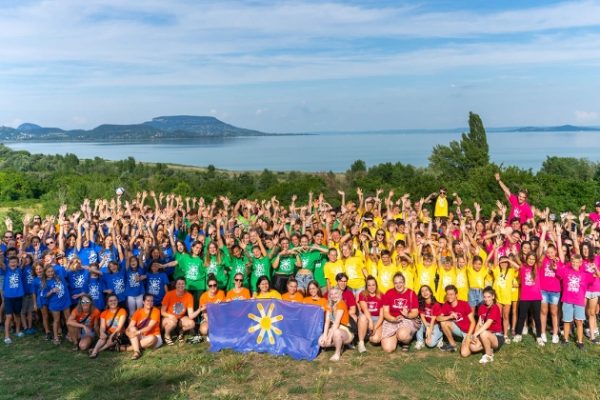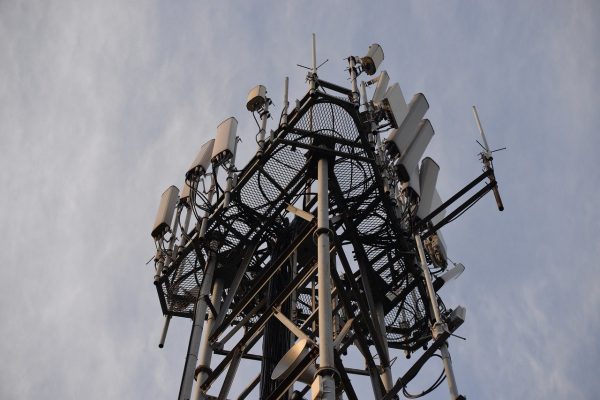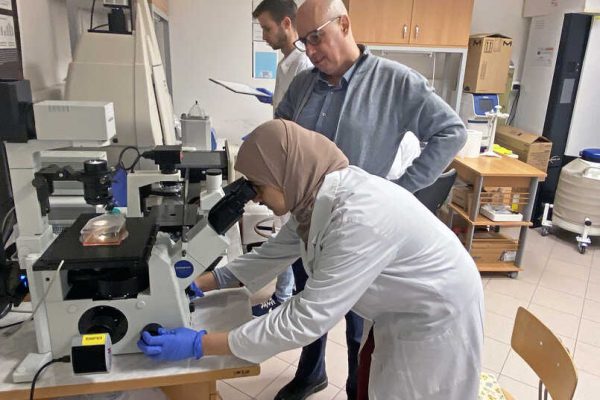In the latest installment of our (semi)regular segment, Wow! Really?, we examine little-known or unexpected facts about Hungary and Hungarian culture. Today, we take a look at Beloiannisz, a Greek Village located in the heart of Central Hungary.
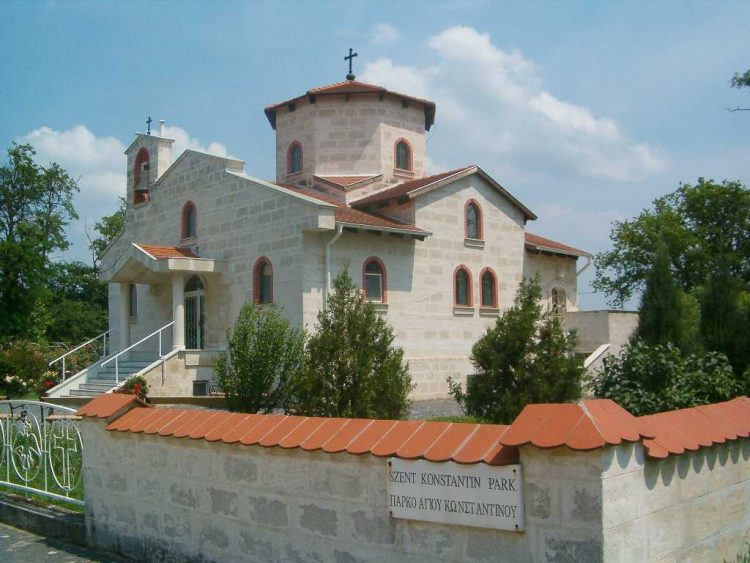
Located just an hour southwest of Budapest, Beloiannisz may at first glance appear to have little that might distinguish it from any other small Hungarian village. As is often the case, however, appearances are in this case deceiving, as Beloiannisz is, in fact, a small slice of Greece in the middle of Central Europe.
The construction of the village was a direct result of the horrors of the Greek Civil War. Following the end of the Second World War, Greece descended into a violent civil war between democratic, communist forces, and right-wing forces, backed by the Greek military, supporting the monarchy. The conflict, which lasted three years, from 1946 to 1949, was catastrophic, with nearly 160,000 killed and over one million people displaced.
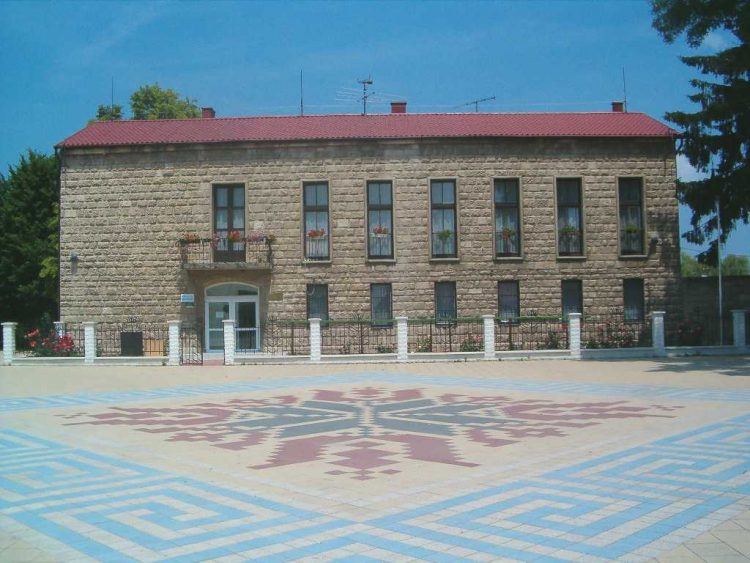
While some were able to return to their homes following the civil war’s end, others were forced to flee for their lives, to start over again in a new and unfamiliar place. Many ended up in nearby countries, including Hungary.
Some 400 families eventually found themselves in Budapest, where they were initially housed in a tobacco factory. At the factory, families found themselves living in rooms of just 6 to 12 square meters, that were completely unfurnished as well.
In order to provide a more permanent solution to the problem, a tract of land southwest of the Hungarian capital was set aside for the creation of a new village to house the Greek refugees. Construction began in 1950; over the course of 6 months, Hungarians and Greeks succeeded in building 418 houses. In addition, by the summer of 1951, a kindergarten, a school, a community center, a cultural house, a communal kitchen, and a bakery were all in operation.
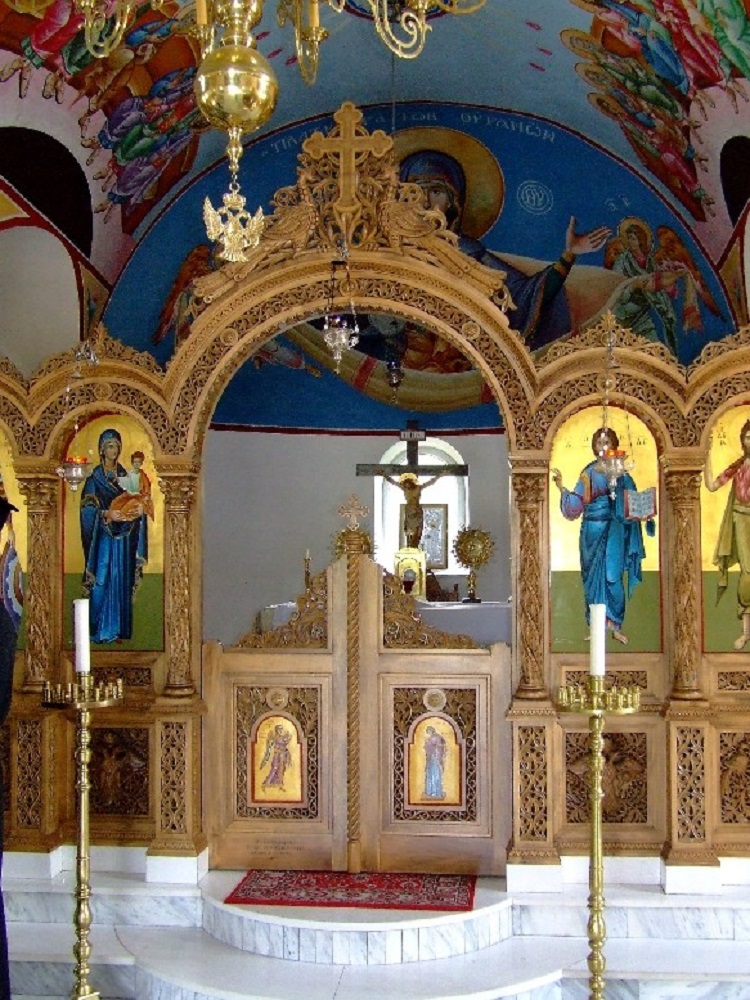
Originally known simply as Görögfalva (“Greeks’ Village” in Hungarian), in 1952 the village was renamed in honor of Nikos Beloyannis, the Greek resistance fighter and Communist leader who had been executed that year in the fact of international protests.
Beloyannis had been a leader of the Greek People’s Liberation Army (ELAS), fighting against Axis forces that invaded Greece during the Second World War. Later, he became a Communist leader in the Greek Civil War, from 1946 to ’49. After a brief period in exile, Beloyannis returned to Greece in 1950, only to be arrested, tried, and executed by the military-backed right-wing government that now ruled the country. This was also when the village reached its highest population, with 1850 inhabitants.
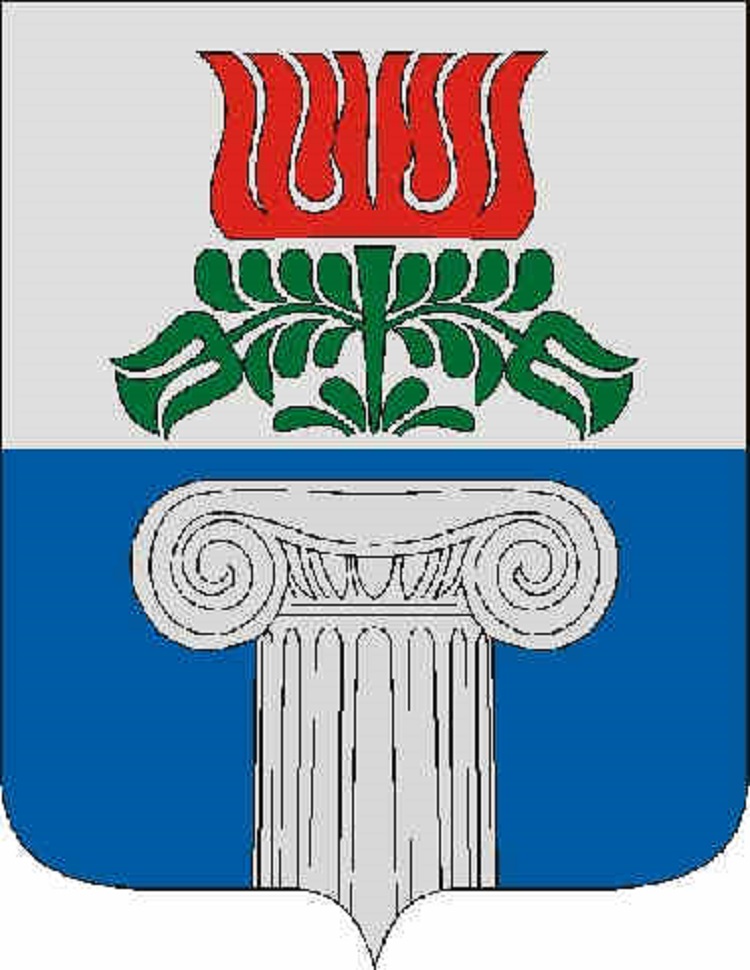
A few years after the village’s founding, many Greeks began to return to their homeland, while many who stayed began to grow more and more integrated into Hungary and Hungarian culture. Over time, more Hungarians moved into the village, and intermarriage became increasingly commonplace.
Nevertheless, to this very day Beloiannisz strongly maintains its Greek traditions and heritage. With cultural institutions, Greek-language instruction, a Greek-Orthodox Church (built in 1996), and countless cultural and culinary events that reinforce residents’ dual Greek-Hungarian identity.
Source: hungarytoday.hu




